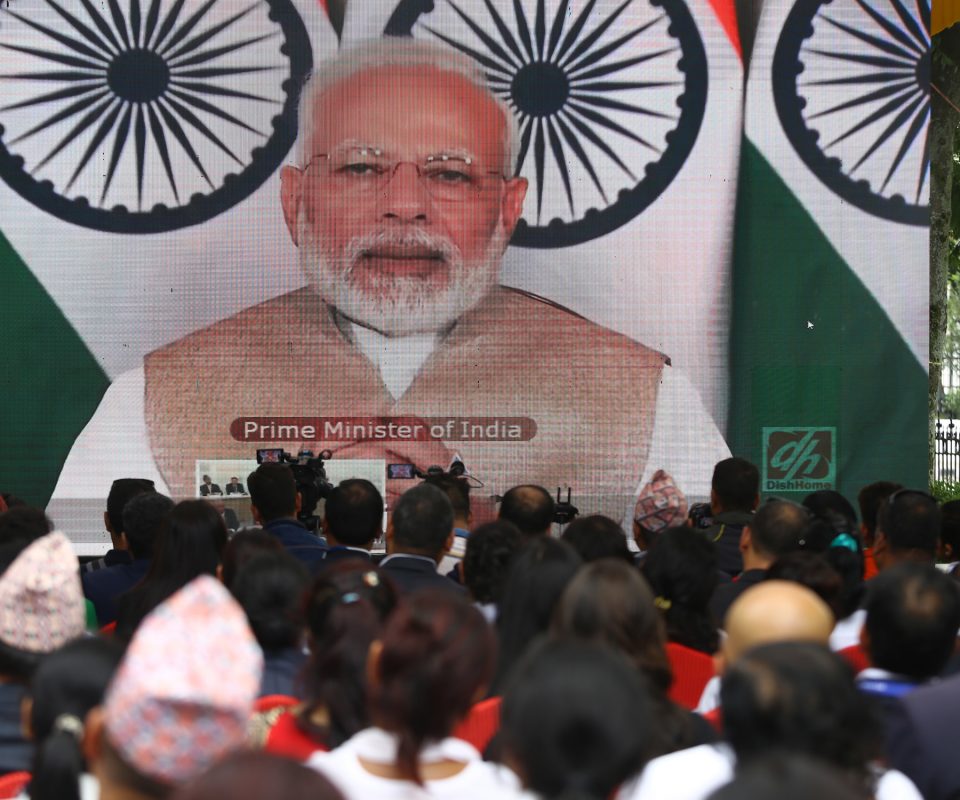
News Delhi: Was a task force report that recommended a new law to replace the more than 50-year-old Income Tax Act, 1961 suppressed because it inadvertently provided factual evidence for the debilitating impact of demonetisation on the formal corporate sector?
On September 1-2, 2017, at the Rajaswa Gyan Sangam (an annual conference of senior tax administrators), Prime Minister Narendra Modi had made an observation regarding the need to redraft the Income Tax Act, 1961. The Union Finance Ministry set the ball rolling for making direct taxes (on personal and corporate incomes) simple and in consonance with India’s economic needs. On November 22, 2017, it appointed a six-member ‘Task Force for drafting a New Direct Tax Legislation’.
On September 26, 2018, however, an office memorandum was issued “with the approval of the Finance Minister”, requesting the task force’s convenor “not to submit its report to the Government until and unless the Draft prepared by the Convenor of the Task Force is deliberated clause by clause by all Members of the Task Force and has agreement of all Members or at least majority of Members”.
The convenor, an Indian Revenue Service officer and the former Central Board of Direct Taxes (CBDT) Member (Legislation) Arbind Modi, who was closely involved earlier with tax reforms by the A. B. Vajpayee and Manmohan Singh governments, was to superannuate on September 30, 2018. No extension was given for complying with the office memorandum.
The convenor, nevertheless, submitted “four volumes in sealed cover of the report and draft legislation” to the Finance Minister and the Finance Secretary on September 28, 2018 “for continuity” and “record purposes”.
Click here for the full text of the report: Volume I | Volume II | Volume III | Volume IV
In November 2018, the Finance Ministry appointed Akhilesh Ranjan, the new Member (Legislation), CBDT, to succeed Mr. Modi as the task force convenor. Mr. Ranjan submitted his report to the Finance Minister on August 19, 2019.
Demonetisation’s blow
Drawing insights from the tax department’s database of annual tax returns filed by corporate firms and individuals, Mr. Arbind Modi’s report had proposed two alternative approaches along with draft legislations corresponding to each of the models for a new direct taxes law.
The chapter on reform proposals for corporate taxes has a table (page 109, Volume I) that makes for a significant piece of evidence for how demonetisation may have affected companies. The table shows aggregates of investments corporate firms disclosed in their annual tax return filings.
The aggregate of investments disclosed in the assessment year 2017-18, or financial year 2016-17, the demonetisation year, plummeted to ₹4,25,051 crore — or a drop of nearly 60% from the previous year.
In the seven financial years, from 2010-11 to 2016-17, the aggregates of investments disclosed were ₹11,72,550 crore, ₹9,25,010 crore, ₹10,22,376 crore, ₹11,03,969 crore, ₹9,98,056 crore, ₹10,33,847 crore and ₹4,25,051 crore. The near collapse becomes apparent when the aggregates are seen as a percentage of the GDP. The investments by corporate firms that filed annual returns in each of the years from 2010-11 to 2016-17 as a percentage of GDP were 15%, 10.5%, 10.2%, 9.8%, 9%, 7.5% and 2.7%.
The aggregate figures are actuals (therefore nominals) sourced from companies’ statutory disclosures, and not the estimates or findings of some survey. This in fact makes the data undeniable evidence of demonetisation’s contribution to the deepening economic slowdown that has become a headache for the Modi government early in its second tenure.
The report throws up a few more worrying trends. For example, on page 115, Volume I, the report notes: “About 50 percent of the companies registered with the Registrar of Companies filed their income tax returns for the financial year 2016-17 (assessment year 2017-18)”
“Of the 7,80,216 companies which filed their tax returns for AY 2017-18, 45.94 percent of corporate filers reported book losses”
“The share of loss-making companies has increased from 42 percent in AY 2013-14 to 45 percent in AY 2017-18”
“There has been a decline in the number of corporate filers from the manufacturing sector over the period AY 2013-14 to AY 2017-18”
“The share of manufacturing in the profits before taxes has marginally declined from 47.3 percent in AY 2013-14 to 46.4 percent in AY 2017-18”
“The return on equity declined from 16.4 percent in AY 2013-14 to 15.5 percent in AY 2015-16 and thereafter has reversed the trend and increased to 16.5 percent in AY 2017-18”
“The corporate tax liability increased from 19 percent of gross internal accruals in AY 2013-14 to 21 percent in AY 2017-18”
“The DDT [Dividend Distribution Tax] liability increased from 1 percent of gross internal accruals in AY 2013-14 to 2 percent in AY 2017-18”
“The efficiency (productivity) of the corporate tax, which shows the policy choices regarding tax concessions and the overall levels of non-compliance, is extremely low at 7.5 percent over the period AY 2013-14 to 2017-18. Compared to other select economies, India’s productivity of corporate income tax is the lowest”.
“In each of the years since AY 2013-14, the profit making companies had substantially more retained earnings (gross internal accruals minus tax liability) than the investments made during the year”
“Given the limited fiscal space available to the Government, economic growth would necessarily have to be driven by private investment…. [but] corporate investments have remained virtually stagnant despite the availability of sufficient retained earnings”.
GDP growth estimates
In the report, the trend in aggregate corporate investments figures corresponds to the investment slowdown discernible in the official GDP estimates for 2011-12 onwards. However, the investments aggregate figure for 2016-17 brings into question the GDP growth estimate for the demonetisation year. In the latest round of scheduled revisions, the government had revised upwards the 2016-17 GDP growth estimate, from 7.1% to 8.2%.
As per the revised estimate, the demonetisation year, is the best in the Modi government’s first tenure as far as GDP growth is concerned. This when, nearly every industry association (from traders, consumer durables to cement manufacturers) reported sharp drops in sales that year on account of the note ban.
The revised estimate defies common sense and runs contrary to comparable data generated by non-government agencies and, as it turns out now, also corporate annual returns tax return filings.
The Finance Ministry has so far not made public the task force reports (the one submitted on September 28, 2018 and the other on August 19, 2019). It remains to be seen whether it will put out the first one for public discussion. Or, if the second one, likely to be made public in due course, will retain the data from the corporate annual tax returns that threaten to expose the role of demonetisation in hurting the economy beyond the informal segment.
Earlier, the government had initially held back and even challenged the validity of the National Sample Survey Office’s (NSSO) periodic labour force survey results even after the National Statistical Commission had duly cleared the findings. The results — that the unemployment rate reached a 45-year high in 2017-18, the demonetisation year — were politically inconvenient. The findings were subsequently only released after the completion of the 2019 elections. [Source: The Hindu, India, August 22, 2019]
Puja Mehra is a Delhi-based journalist
















